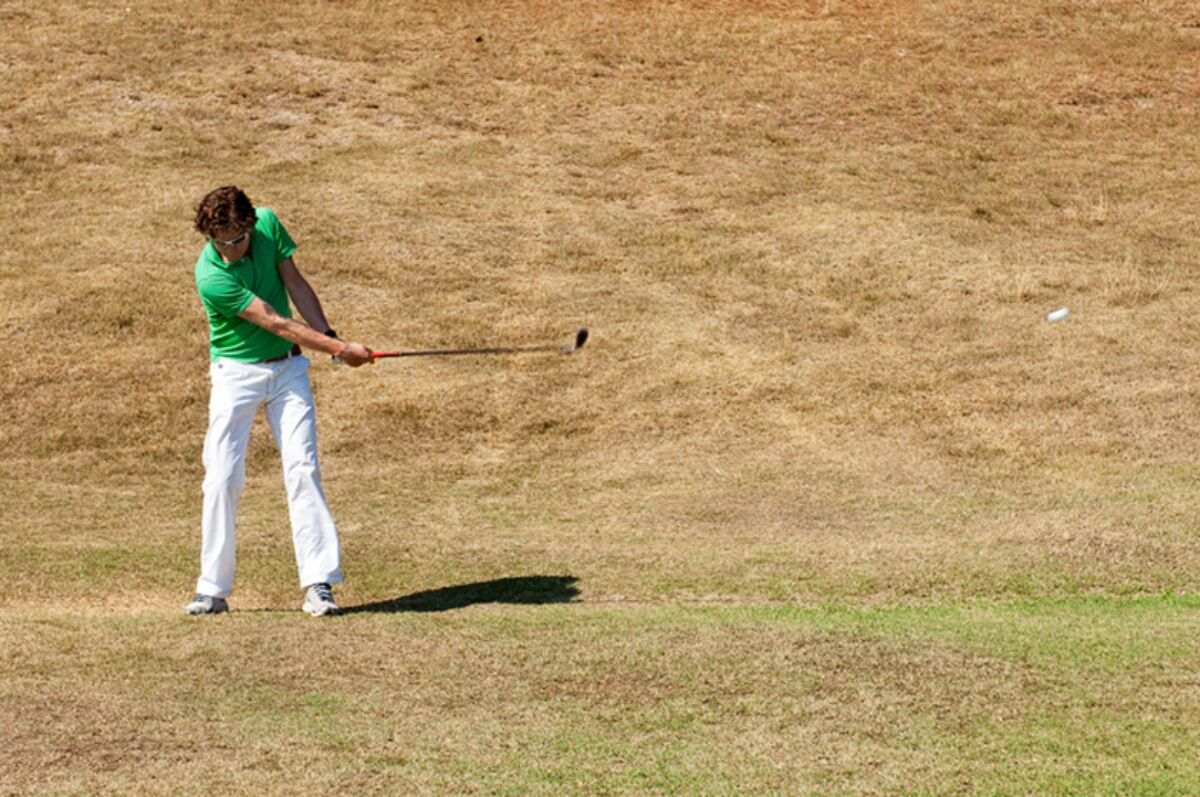| The British summer might be unpredictable but, despite the regular showers, we do sometimes enjoy a heatwave, and during these hot spells, golf courses can change. We’re not as prepared for dry periods as some other courses around the world, which means we have to adapt our game to the changing conditions. Here’s what to expect from a sun-baked, dry course… Fast greens As the sun dries the grass and mud, surfaces become harder. This means they become faster. Shots will skid more easily off the dry surfaces and chip shots will bounce higher with less dampness to take the sting out of them. To counteract this, you’ll need to adjust your game. For longer approach shots it might be worth not trying for the green but, instead, laying up. This is because longer shots tend to be flatter, so more likely to skid into the rough - whereas a chip shot has more height. This can cause added bounce, but the effect of the extra bounce is less than the skidding. |
 |
|
Hard fairways You’ll also need to choose some different golf shoes as your spikes might not be able to dig into the hard land below. Dry bunkers Anyone who’s tried to build a sandcastle knows the extent to which sand can react to the weather. Dry sand will fall away easily, while damp sand holds solid. In golfing terms, this can mean a strong drive into a bunker can sink your shot deep into the soft, dry sand, instead of landing on top of the firmly compacted damp sand - you’ll have to adjust your bunker shot to take this into account. A gentler swing aimed deeper into the sand could help out. You’ll also need to watch your footing, as the soft sand can easily slide from underneath you, causing you to lose balance. |
 |
|
Overgrown rough |
What to expect from a mid-summer golf course
British golf courses in the summer can offer their own unique challenges. We take a look at what to expect from a summer course…
11 August 2016 1 minute read
RECENTLY VIEWED



